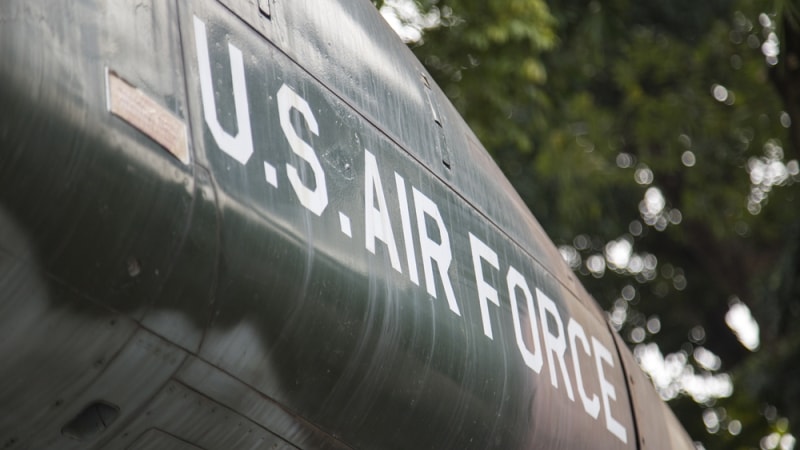
In what it calls a “strategic decision” that will allow its personnel to concentrate on cyber operations and its warfighting mission, the Air Force is trying to get out of the business of providing end-user services, such as device management, help desks, and the underlying network infrastructure. Instead, it is contracting those jobs out to industry as part of a network-as-a-service (NaaS) experiment.
The Air Force recently reached a $76.3 million agreement with Unisys to transition eight bases to an as-a-service model for information technology service management, enterprise service desk, and end-user device management. Officials said this move would not only take end-user service off of the Air Force’s plate, but also give airmen a better user experience.
The move is intended to help the Air Force contend with the cyber talent shortage by allowing airmen with IT skills to devote themselves to cyber operations rather than routine network management tasks. “The strategic intent is to focus on our core competency,” Air Force Deputy CIO William Marion said in a statement. “Our core competency is to ‘fly, fight, and win’ in air and space. It is not to run email servers or configure desktop devices.”
And it also represents another prong in the Department of Defense’s accelerated push into cloud computing, highlighted most recently in the Cloud Strategy the department released last month. Among the strategy’s core concepts are making use of commercial-sector best practices, and creating a culture for better technology evolution, both of which are embodied in the Air Force’s NaaS experiments. Officials don’t hesitate to say that commercial providers are better at these kinds of services, and one of the advantages of a cloud model–in which the provider, rather than the customer, has to maintain the hardware and software–is an easier path to upgrades.
“This agreement will deliver standardized, innovative, and agile IT services to Airmen through modernization of their infrastructure with resilient IT solutions and cloud services,” said Major Jonathan Demers, a Command, Control, Communications, Intelligence and Networks Program Executive Office program manager at Hanscom Air Force Base in Massachusetts. “We’ll also stabilize services by instituting industry best practices and advances in technology that you are used to at home.”
The Unisys deal is the second foray the Air Force has made in a broader risk-reduction effort toward Enterprise Information Technology as-a-Service (EITaaS) across the service. In September, the Air Force Life Cycle Management Center at Hanscom AFB made agreements with AT&T (for $87.4 million) and Microsoft ($34.3 million) for commercial data and voice services at a half-dozen bases. EITaaS (also commonly called EaaS, for Enterprise as a Service) is a cloud model that combines software, infrastructure, and platform offerings as a way to unify on-demand software services, which typically are acquired separately, into a coherent ecosystem.
The experiment with Unisys, which also is being managed from Hanscom, allows for up to 20 bases to adopt the NaaS model, but is starting with eight: Buckley, Colo., Cannon, N.M., Maxwell, Ala., Offutt, Neb., Hurlburt Field, Fla. Pope Field, N.C., Spangdahlem, Germany; and Joint Base Elmendorf-Richardson, Alaska.
Brigadier General Michael Schmidt, program executive officer for Command, Control, Communications, Intelligence, and Networks at Hanscom, has said the agreements let the Air Force see how well NaaS services can provide network services while maintaining security–and at a price officials are willing to pay–before expanding it to bases around the globe.
“By using the lessons learned from these experiments, I’m convinced we will have the ability to deliver an EITaaS solution, Air Force-wide, that provides the network the Air Force needs to remain the best Air Force in the world,” Schmidt said.
